N-Ethylhexedrone (also known as α-ethylaminocaprophenone, N-ethylnorhexedrone, hexen, and NEH) is a stimulant of the cathinone class[1][2] that acts as a norepinephrine–dopamine reuptake inhibitor (NDRI) with IC50 values of 0.0978 and 0.0467 μM, respectively.[3] N-Ethylhexedrone was first mentioned in a series of patents by Boehringer Ingelheim in the 1960s[4] which led to the development of the better-known drug methylenedioxypyrovalerone (MDPV).[5][failed verification] Since the mid-2010s, N-ethylhexedrone has been sold online as a designer drug.[6][7][8] In 2018, N-ethylhexedrone was the second most common drug of the cathinone class to be identified in Drug Enforcement Administration seizures.[9]
N-Ethylhexedrone was first synthesized by Boehringer Ingelheim in 1964.[10] It appears to have emerged on the online research chemical market in late 2015.[11] It is an example of a novel psychoactive substance specifically chosen to mimic the features of prohibited substances and bypass drug laws. It is one of a number of substances collectively referred to as “bath salts”.[12]
User reports characterize N-ethylhexedrone as having euphoric stimulant effects comparable to those of crack-cocaine and α-PVP-type compounds, particularly when they are insufflated or vaporized. Like other substituted cathinones, N-ethylhexedrone has gained notoriety for its association with compulsive redosing and addictive behaviors when abused.
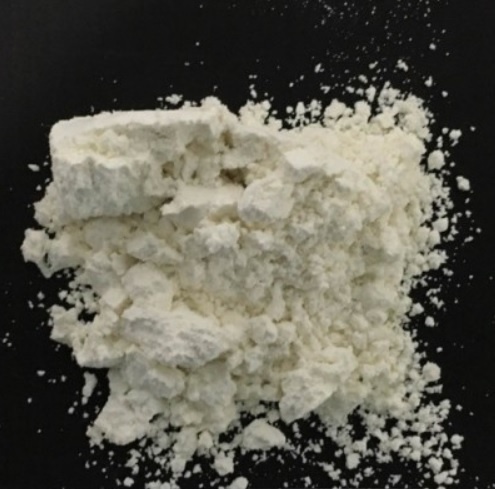
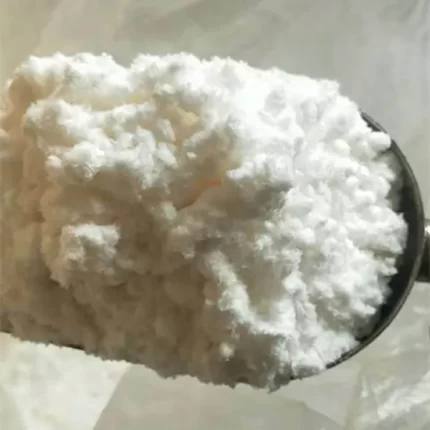
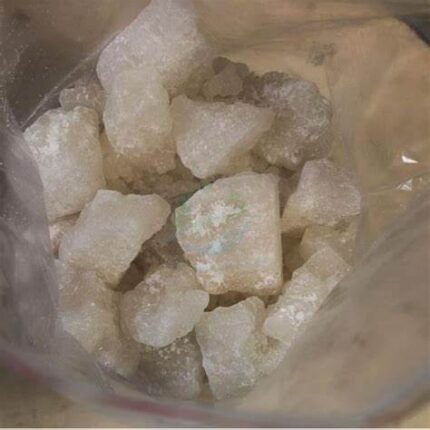


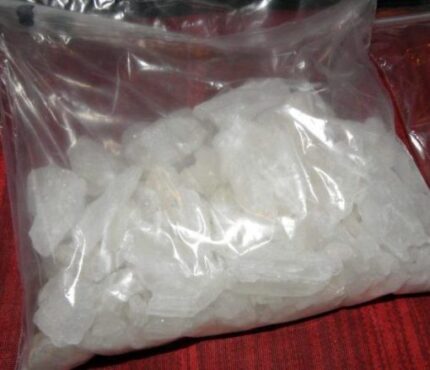
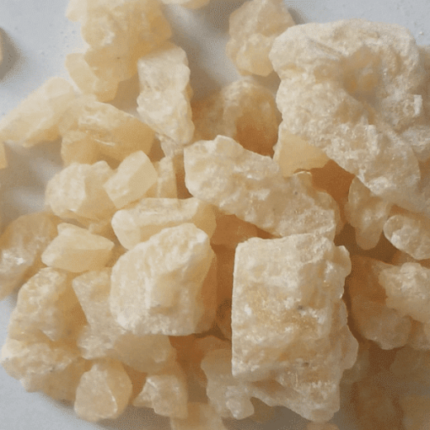
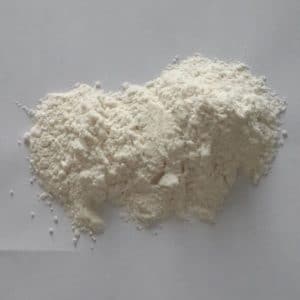
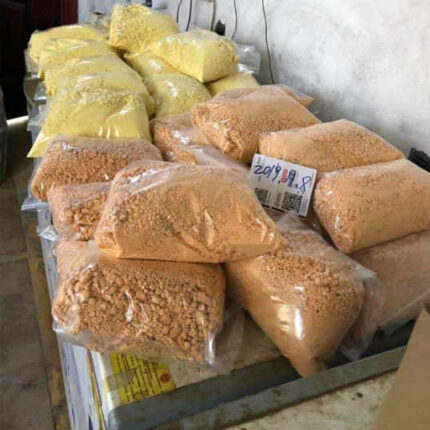
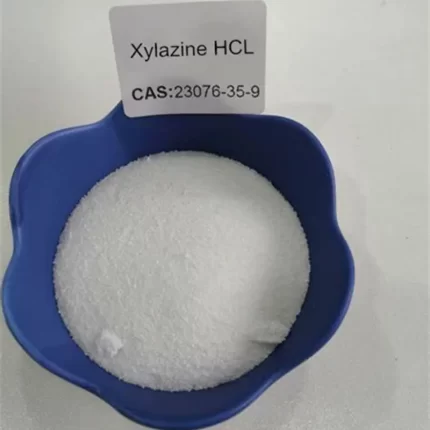
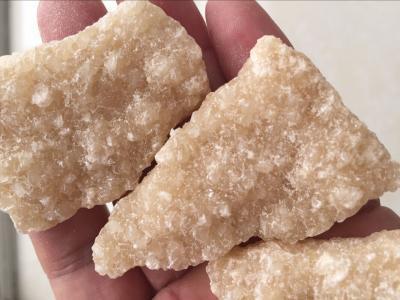
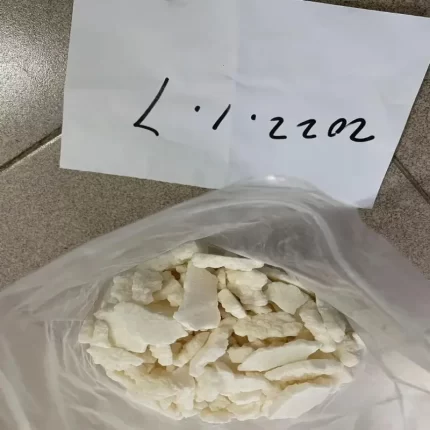
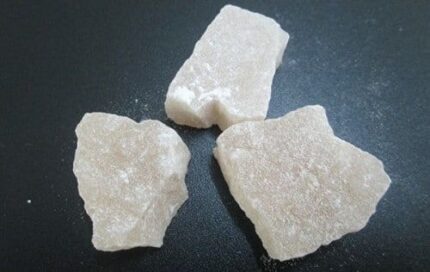
Reviews
There are no reviews yet.